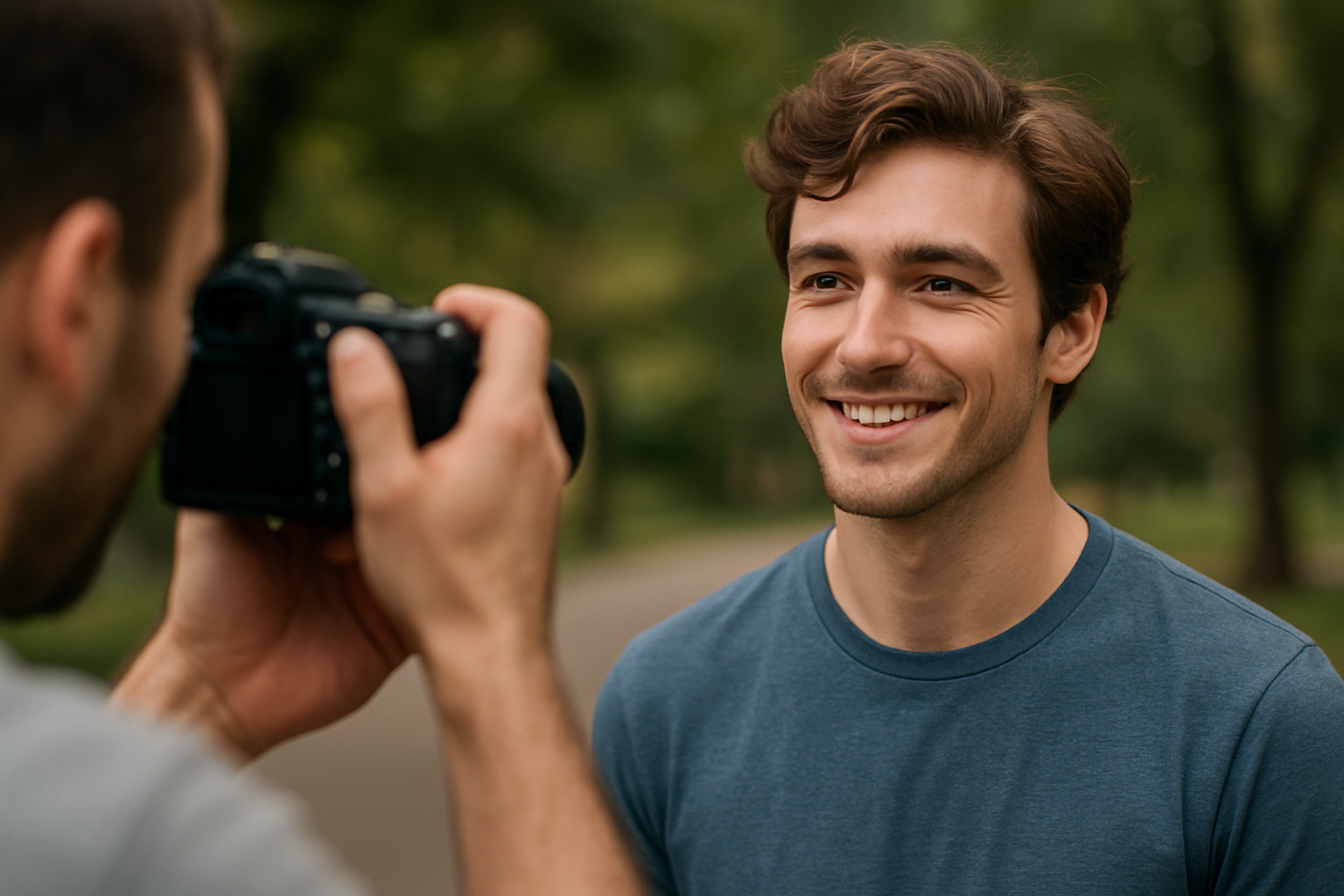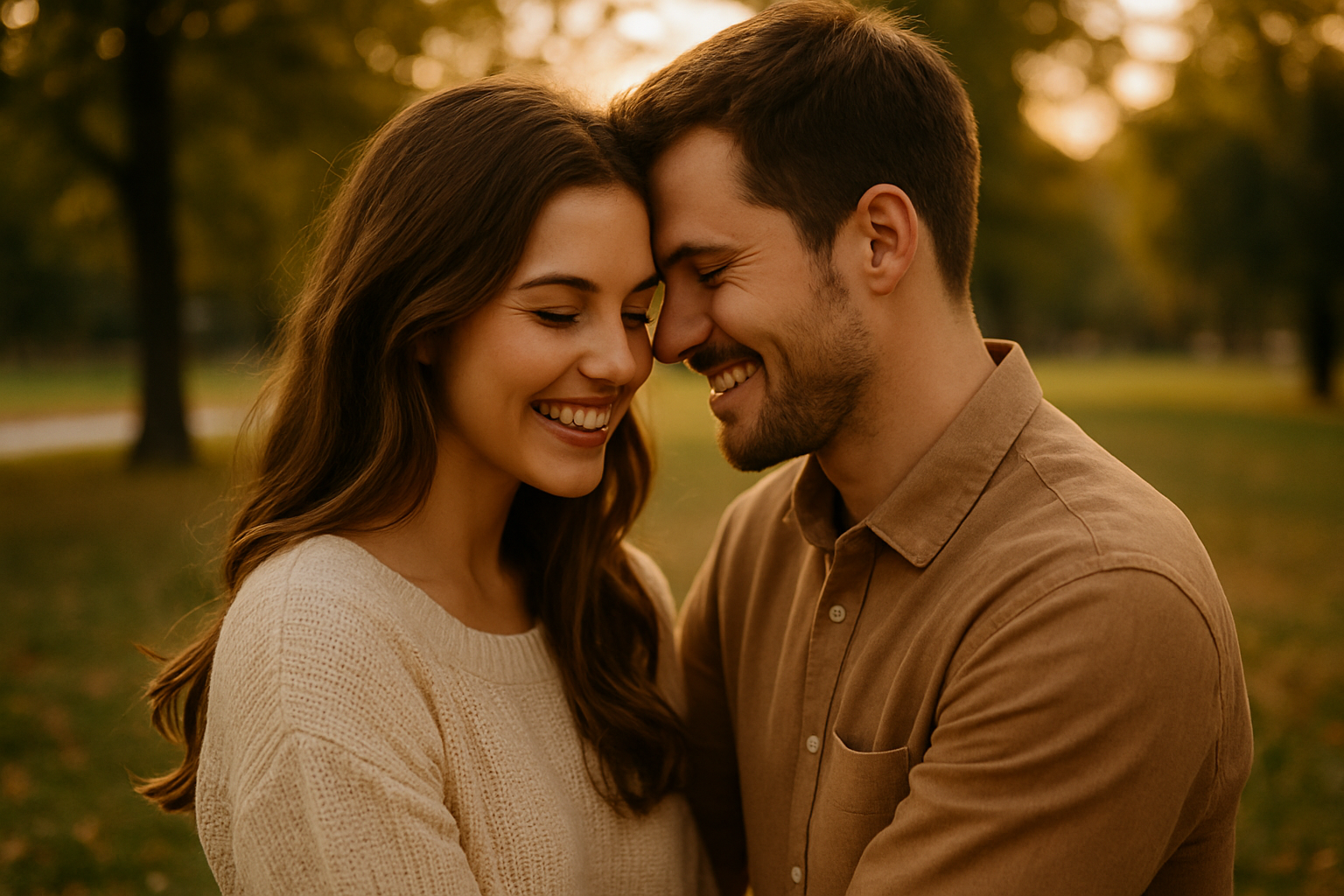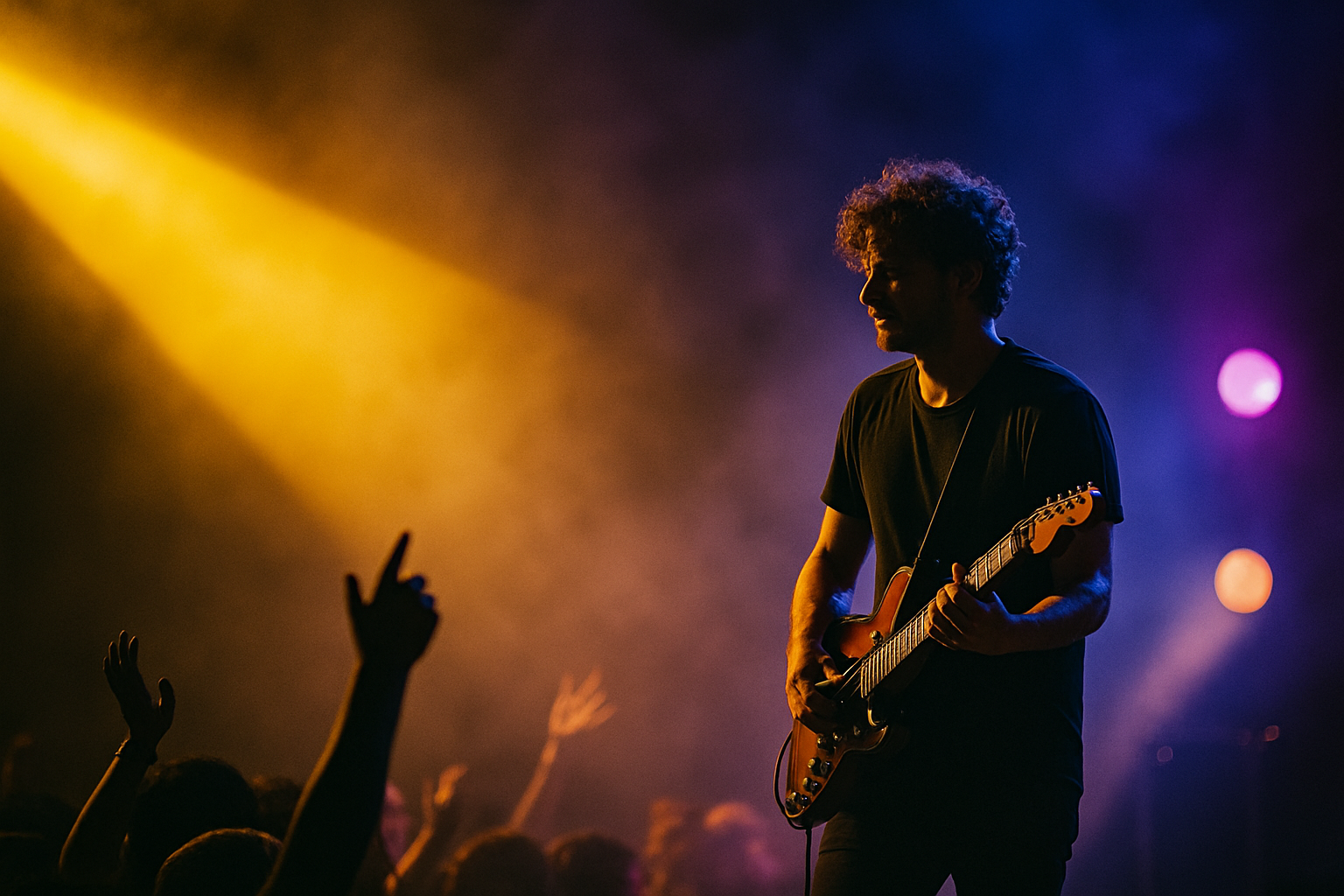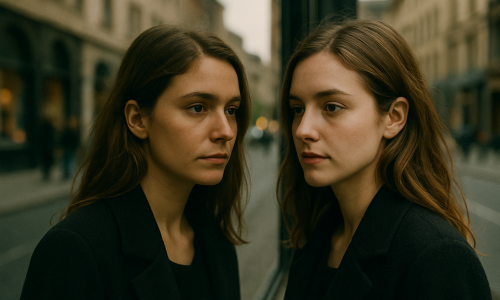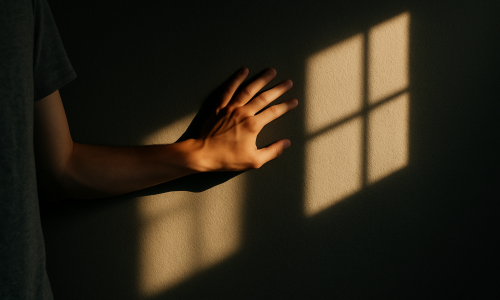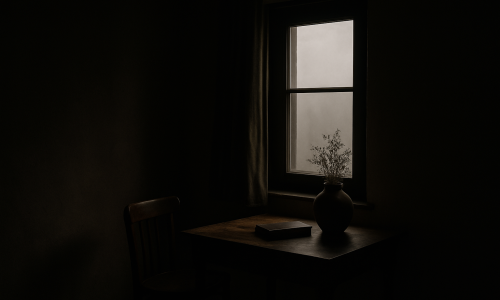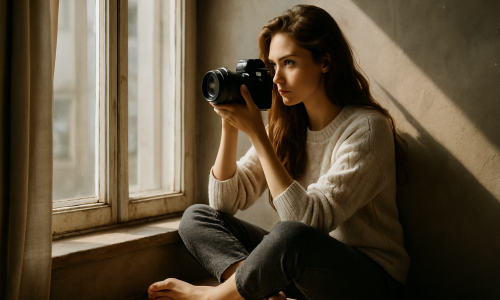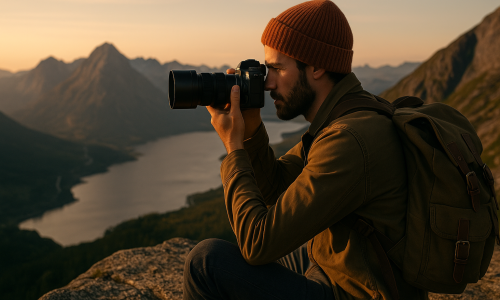There’s something incredibly powerful about a photo of a person that feels honest — not overly posed, not artificial, just real. Natural portraits connect with the viewer because they reflect life, emotion, and presence. But capturing people in a natural, authentic way is not as easy as it looks. It takes patience, sensitivity, and a real connection between the photographer and the subject. If you’ve ever felt like your portraits look stiff or overly staged, this guide is for you. Let’s explore practical tips and insights to help you photograph people more naturally — with emotion, flow, and real human energy. Understand What “Natural” Really Means Before diving into techniques, let’s clarify something: natural doesn’t mean unplanned. It doesn’t mean you just point the camera and hope for the best. Natural photography is intentional — but it prioritizes comfort, authenticity, and mood over rigid control. In portraits, “natural” can mean: It’s about making the subject feel seen, not just captured. Start with a Conversation, Not a Camera One of the simplest and most powerful things you can do is talk to your subject before taking a single shot. Whether it’s a friend, client, or stranger, give yourself a few minutes to connect. Ask about their day, their music taste, what they’re into. Make eye contact. Smile. Let the camera stay down for a moment. Real story: I once photographed a man who looked incredibly tense in front of the camera. Only after 10 minutes of talking about jazz (his favorite subject) did his whole posture change — and that’s when the magic happened. People aren’t props. When they feel respected, relaxed, and heard, they open up. Location: Choose a Place That Feels Comfortable Your choice of location influences the entire mood of a portrait. Busy places can feel chaotic. Empty fields can feel distant. Neutral backgrounds can feel flat. If your goal is to photograph someone naturally, choose a location where they feel like themselves. For example: You don’t need exotic scenery. You need a place where the person can breathe and be real. Tip: Ask them, “Where do you feel most like yourself?” The answer often leads to great locations. Lighting: Soft Is Best Harsh lighting (like midday sun) often creates strong shadows that feel dramatic and unnatural. For natural portraits, soft, diffused light is your best friend. Here are some go-to light sources for natural-looking results: If you must shoot in harsh light, try using open shade — like under a tree, awning, or the side of a building. Let the Subject Move Posed doesn’t always mean stiff — but holding a position for too long can kill the vibe. One way to keep portraits looking natural is to encourage movement. Ask them to: These micro-movements often lead to in-between moments — where real expression lives. That glance, that shrug, that soft smile… that’s where the gold is. Pro tip: Keep your camera ready during transitions. Some of the best shots happen when the subject thinks you’re not shooting. Give Direction Without Controlling You don’t have to leave everything to chance. But instead of barking orders like, “Turn your head 15 degrees to the right,” try giving visual or emotional cues. Here are some ways to direct naturally: These types of prompts produce real responses — not mannequin poses. Use a Longer Lens (If Possible) Wide-angle lenses are great for environments but tend to distort facial features when used too close. For natural portraits, try using a lens between 50mm and 135mm (full-frame equivalent). A longer focal length: If you’re using a phone, try stepping back and zooming slightly (without digital zoom). Even that subtle distance can help with comfort and naturalness. Don’t Force Eye Contact Some of the most natural portraits are the ones where the subject isn’t looking directly at the camera. Encourage your subject to: These small changes can transform the mood from “posed headshot” to cinematic storytelling. Shoot a Lot — But Be Selective Part of capturing natural expressions is being present — and fast. Don’t hesitate to shoot a lot during a session. Sometimes, you’ll get the shot in a burst of 5–10 frames. But quantity doesn’t mean chaos. In post-processing, be ruthless about what you keep. One natural, emotional, well-lit photo is better than 20 “okay” ones. Look for: Pro insight: Trust your gut. If something makes you feel something, it will likely do the same for others. Black and White Can Elevate Natural Moments Sometimes, stripping away color brings attention to the emotion. Don’t be afraid to convert natural portraits to black and white — especially when: Black and white can give a timeless, honest feel that works especially well for natural, candid shots. Edit Lightly — Keep It Real When editing natural portraits, less is often more. Avoid filters or presets that change skin tones too dramatically or create unnatural contrast. Focus on: The goal is to preserve the feeling of the moment, not overwrite it. Let Silence Do the Work You don’t need to talk constantly during a shoot. In fact, quiet moments often lead to the most genuine expressions. Once your subject is comfortable, give space. Let them settle. Let them breathe. Then, lift the camera and quietly click. Silence invites reflection — and reflection creates real emotion. Tell a Story Through the Series If you’re photographing someone for a series — not just one shot — think about how to show different sides of them. Maybe you start with close-ups, then move to wider shots. Or begin with quiet, introspective images and shift toward joyful energy. Storytelling through portraits isn’t about costumes or themes — it’s about showing the complexity of a real human being. Use Props or Activities to Create Natural Context One of the easiest ways to make people forget about the camera is to give them something to do — not as a distraction, but as a way to engage them naturally. Here are a few examples that work great: These small actions
Tips for Photographing Couples Naturally
Photographing couples should feel like storytelling—not posing. The best couple portraits aren’t about forced smiles or staged embraces. They’re about connection, emotion, and the subtle energy that flows between two people. As a photographer, especially one passionate about travel and human stories, your job is to capture that connection in the most authentic way possible. Whether you’re documenting love on a cobblestone street in Prague or under the golden light of a vineyard in Tuscany, photographing couples naturally takes more than technical skill. It takes empathy, creativity, and a deep respect for the people in front of your lens. This guide shares practical, heartfelt tips to help you photograph couples in a way that feels real, relaxed, and timeless. Create a Comfortable Atmosphere Before you even raise your camera, your couple needs to feel at ease. Nervous energy shows. Your first priority should be to build trust and rapport. Start with conversation. Ask how they met, what they love to do together, why they chose this place. Keep it light, personal, and open. The more they talk, the more they relax. Be human, not just professional. Let them know it’s okay to laugh, mess up, or just be themselves. When couples feel seen and respected, they let their guard down—and that’s when the magic happens. Guide, Don’t Pose Instead of saying “stand here and smile,” try giving prompts. Ask one person to whisper something sweet or silly in the other’s ear. Tell them to walk hand-in-hand and bump shoulders playfully. These moments create natural movement and real emotion. Your goal isn’t perfection. It’s honesty. Look for how their bodies lean into each other, how they look when they think no one’s watching. Those are your real portraits. Offer gentle direction only when needed. Focus on interaction, not position. Encourage touch, eye contact, laughter, and pauses. Let moments unfold, then capture them. You can also demonstrate what you mean with body language rather than technical terms—show, don’t tell. Choose Meaningful Locations Place matters. The right location can elevate the emotional tone of the photos and help couples feel more connected. Ask if they have a favorite café, park, or travel memory. If you’re shooting in a new destination, look for quiet spots with natural light and some space to move. Natural backdrops like cliffs, forests, beaches, or old streets work beautifully. Urban environments with textures, reflections, and depth can also be stunning. Choose locations that allow intimacy. Somewhere they can be close without distractions, somewhere they can move freely and enjoy the experience together. Consider shooting in multiple nearby locations to give the couple variety and new energy during the session. Observe and Anticipate Pay attention to how they interact when they think you’re not shooting. Their natural body language, private jokes, and comfortable silences are clues. Anticipate gestures: a forehead kiss, a shared laugh, hands finding each other. Be ready—not to stage the moment, but to catch it when it comes. Sometimes the best shots happen between poses, in the seconds of stillness or spontaneous joy. Keep your camera up and your energy relaxed. Use quiet moments as storytelling tools—observe how their expressions shift in different environments or light. Use Movement to Loosen Them Up Stillness can feel awkward for many couples. Movement adds comfort and spontaneity. Have them walk, dance, spin, sway, or run. Play music if it helps. Ask them to mirror each other’s movements. These actions distract them from the camera and focus their attention on each other. Movement also helps loosen facial expressions and adds flow to your compositions. A walking shot with one quick glance or hand squeeze often carries more emotion than a static pose. Let them lead the movement at times—it reveals dynamics and often sparks genuine laughter or intimacy. Focus on Emotion, Not Perfection Perfect lighting, perfect clothes, perfect smiles—none of that matters if the emotion isn’t real. Prioritize feeling over flawless technique. Let go of technical perfection when it gets in the way. If the light is soft and the moment is strong, click the shutter. If the expression is true but the composition is off, take it anyway. Emotion is timeless. A blurry photo full of love is better than a sharp one that feels cold. Look for micro-expressions and subtle gestures—those quiet signs of affection often become the most powerful images. Incorporate the Environment Use the surrounding scene to complement the couple’s story. Frame them in a window, behind hanging vines, or between architectural lines. Let the location become part of the narrative. Reflections in puddles, shadows on walls, sun flares, or motion blur can all add atmosphere. Just be sure the couple remains the emotional focus. You’re not just documenting faces—you’re capturing context. Where they are can say as much as how they feel. Even background sounds—waves, city bustle, leaves—can subtly shape the energy of your images if you let the moment unfold naturally. Work With Natural Light Natural light enhances natural moments. Look for soft light during golden hour, gentle shadows during overcast days, and warm tones during sunrise or sunset. Avoid harsh midday light unless you’re using shade or reflectors. Let light fall gently across faces and skin. Backlighting can add glow and softness. Travel offers amazing light variety—city reflections, mountain haze, beach sunsets. Learn to adapt quickly and use available light creatively. Observe how the light interacts with your couple and your environment. Be flexible and ready to reposition quickly when a magical beam appears. Encourage Intimacy, Respectfully Couples express love in different ways. Some are openly affectionate; others are subtle. Respect their dynamic and never push for moments they’re not comfortable with. Encourage closeness by reminding them why they’re there. Share their story back to them. Create moments that feel safe and organic. A quiet forehead touch, hands clasped, a shared laugh—these gestures speak volumes. Intimacy doesn’t always mean kisses or embraces. It means presence. Trust-building is key here. If they feel safe, they’ll show you their real love—not the version they think
Tips for Photographing Concerts and Live Events
Concerts and live events are thrilling, chaotic, emotional—and visually stunning. For photographers, they offer a dynamic playground filled with dramatic lighting, raw energy, and fleeting expressions. But capturing these moments is not as simple as pointing and shooting. From navigating low-light conditions to handling fast-moving subjects and unpredictable crowds, photographing live events requires a mix of technical skill, creative intuition, and practical know-how. Whether you’re shooting a local indie gig or a major music festival, mastering the art of live event photography can lead to some of the most powerful and memorable images in your portfolio. Here’s how to approach the challenge and capture the essence of a concert like a pro. Know the Event Before You Arrive Preparation is everything. Before the show, learn as much as you can about the event: Familiarize yourself with the artists and their stage presence by watching past performances or music videos. Understanding their energy will help you anticipate key moments. Check the venue rules about photography. Some events may have restrictions on professional gear, flash use, or where photographers can stand. Having a shot list or visual goals in mind will also help you stay focused and ready. Think about the story you want to tell. Use the Right Gear When it comes to concerts, low light and fast motion are the norm. Here’s what you need: Bring extra batteries and memory cards. If allowed, consider ear protection—venues can be LOUD. Keep your gear bag minimal and organized for quick access in tight spaces. A dual-camera setup (one wide, one telephoto) can be invaluable for switching compositions on the fly. Also consider lens hoods to help control stage glare. Master Low-Light Shooting Concerts are notoriously dim, but that doesn’t mean your photos have to be. Embrace the light you have: Shoot in RAW to give yourself more flexibility in post-processing. If the lighting changes frequently, set your white balance to auto and correct it later. Use histogram and highlight alerts to avoid blown-out lights or underexposed shadows. Don’t rely on the LCD preview alone. Work With Stage Lighting, Not Against It Stage lighting is dramatic and beautiful—but tricky. Use it to your advantage: Avoid using flash—it’s disruptive, often prohibited, and ruins the natural ambiance. Think like a cinematographer: use contrast, shadows, and lighting direction to enhance your story. Don’t shy away from moody, high-contrast scenes. They often carry more impact. Learn to read lighting setups and anticipate transitions. Anticipate the Action Live events move fast. To catch decisive moments, you have to think ahead: Keep both eyes open: one in the viewfinder, the other observing the scene. Great event photographers are part journalist, part dancer—always moving, always ready. Position yourself where you can see expressions and body language clearly. Anticipation often makes the difference between good and great. Find Strong Compositions Even in chaos, there’s structure. Look for: Get a variety of angles—wide shots of the whole stage, tight shots of expressions, close-ups of instruments. Try to include contextual elements like the venue, banners, or fans to tell a fuller story. Don’t be afraid to crop in post to isolate strong visual moments. Use symmetry, patterns, and negative space creatively. Capture the Audience Too The crowd is half the story. Don’t forget to turn around: These images add emotion and immersion to your concert story. Moments of connection between performer and audience are golden—don’t miss them. Crowd reactions can sometimes tell the story better than the stage. Capture emotions and movement that complement the energy onstage. Move With Purpose You’ll likely be working in a packed, energetic environment. Move respectfully and deliberately: Quick feet and quiet movement go a long way. Build relationships with venue staff and be professional. It can open doors for future access. Use smaller movements to reduce motion blur in tight spaces. Move with intention—not just instinct. Tell a Story With Your Photos Don’t just shoot random moments—craft a narrative. A cohesive photo story can live on blogs, portfolios, or social media galleries. Include backstage or behind-the-scenes images if you have access—they give rare insight. Tell the story of the experience, not just the performance. Let your photos reflect the music’s tone and emotion. Be Mindful of the Vibe Concerts have emotional energy. Respect it. Blend in and let your presence be subtle. Being unobtrusive builds trust and earns better access. Let the energy guide your composition style—calm for acoustic sets, bold for rock. Each genre tells its story differently—reflect that in your framing and post-processing choices. Post-Process With Purpose Editing concert photos takes finesse: Create black and white versions for mood and timelessness. Batch process to maintain consistency if you’re delivering a set. Use presets or LUTs to develop a consistent style across events. Your editing style becomes part of your visual signature. Respect Legal and Ethical Boundaries Some events and artists have strict rules: If you plan to sell or publish images, confirm what usage rights you have. Ethical photography builds long-term reputation and trust. When in doubt, ask. Transparency always wins. Respect for artists and attendees builds long-term relationships. Build a Portfolio, Then Get Published Once you’ve captured great live event shots: Use these experiences to grow your network and credibility. Photography at concerts isn’t just art—it’s community, culture, and collaboration. Consistency and professionalism can turn your passion into a career. Show not just talent, but reliability. Stay Passionate and Keep Learning Every event teaches you something new. Embrace it: The more you shoot, the more intuitive your timing, settings, and creative voice will become. Consider assisting or shadowing experienced photographers to accelerate your growth. Attend workshops or photo meetups focused on live events. Final Thought: Capture the Feeling In the end, it’s not about sharpness or settings—it’s about emotion. When someone looks at your photo, they should hear the music, feel the lights, and remember the moment. Concert photography is more than technical skill—it’s storytelling with rhythm, light, and heart. So next time you step into a venue with your camera, don’t just

